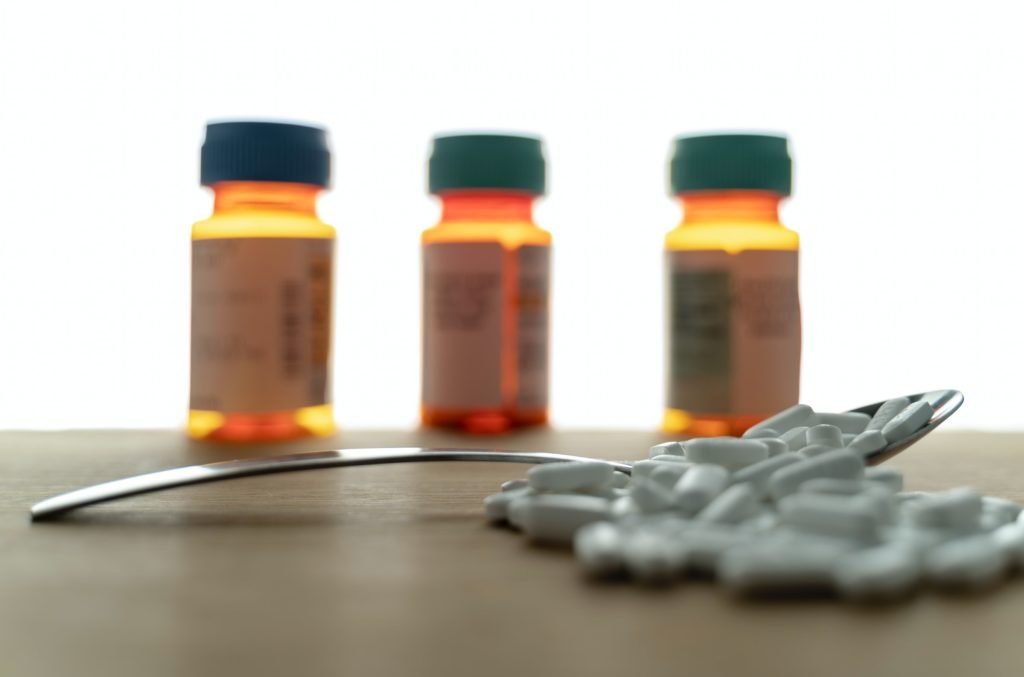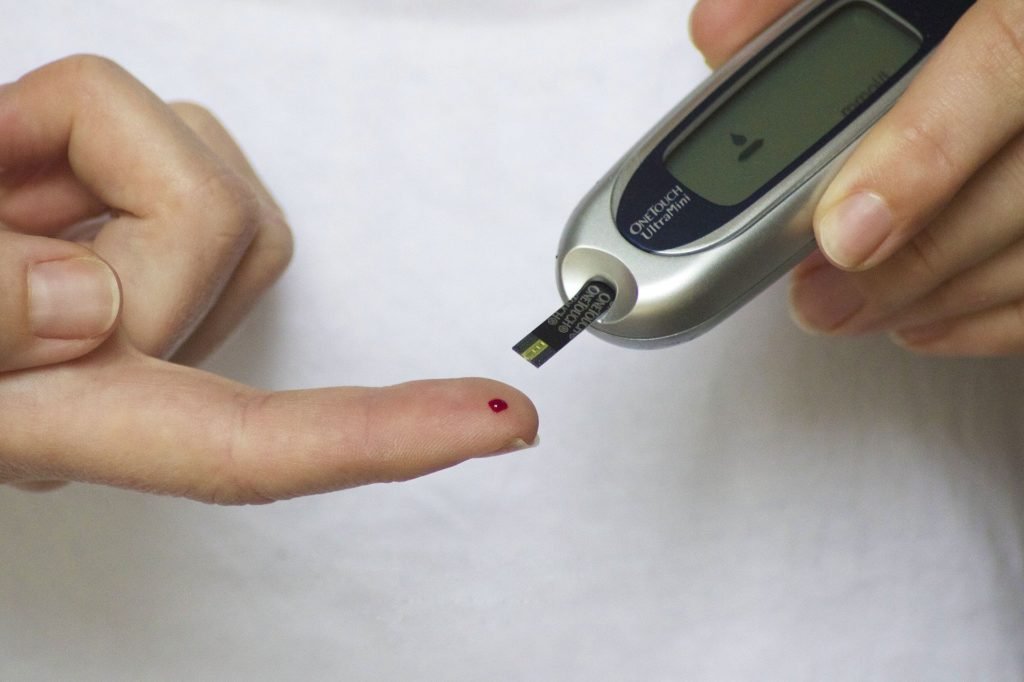There are many mental health conditions affecting children that parents need to know about to provide better management and treatment plans that will ensure their children develop healthily into adulthood. One of the kids’ most prevalent mental health concerns is attention-deficit/hyperactivity disorder. This condition causes children to act abnormally, in impulsive ways, without proper thinking, causing them to make wrong decisions that could potentially harm them or others. Parents need to collaborate with specialists, like a board-certified child and adolescent psychiatrist in Irvine, CA, who can restore brain structure in kids and thus make it easier for them to sustain attention and interact with their friends.
What are the symptoms of ADHD?
The best way to promote treatment efficacy is to identify signs and symptoms of ADHD in children to seek early intervention for them. Some of the most common signs of ADHD in children start before their teenage years. Parents need to pay keen attention to their children as they grow up to identify crucial signs of mental health concerns. Some children develop ADHD as early as three years old. However, symptoms are usually mild in the initial stages but can become severe in adulthood, especially if the child does not get the help they need to preserve psychological function.
Gender influences ADHD symptoms in children; for example, boys with ADHD tend to be more hyperactive than girls. However, girls are not exempt from symptoms of ADHD as most tend to exhibit quite inattentiveness. There are three subtypes of ADHD that determine the signs a child has:
- Predominantly inattentive
Children with this type of ADHD struggle to pay attention to one task. These children usually get poor grades in school because they cannot focus on what their teacher is teaching in class and will instead find ways of distracting themselves. Children who do not pay attention make small mistakes in their school work because they have problems following instructions and thus ignore crucial details. Inattention also makes it difficult for your child to stay organized.
- Predominantly hyperactive
This type of ADHD makes it difficult for a child to sit still. Predominantly hyperactive children always have the energy to play. Hyperactivity may also come out as impulsivity, a hazard in children because acting without thinking may make them make mistakes they cannot reverse, like hurting another child. Hyperactive children cannot stay seated in a classroom setting and are always causing chaos in class for other children. One way to recognize hyperactivity is by identifying interruptions because these children cannot wait for their turn to speak or play.
- Combined
This type of ADHD is the worst because it combines inattention and hyperactivity, making it easy for this child to succumb to distractions.
It is essential to seek medical intervention whenever you detect signs of ADHD in your child to get an accurate diagnosis that will enable your care provider to individualize treatment according to your child’s needs. Contact Americas TMS Center if you suspect ADHD in your child and schedule a consultation to receive an accurate diagnosis of your child’s condition.


